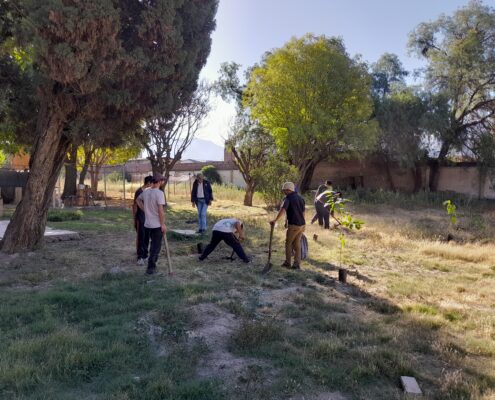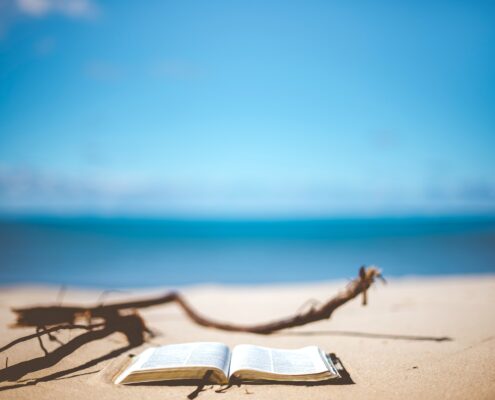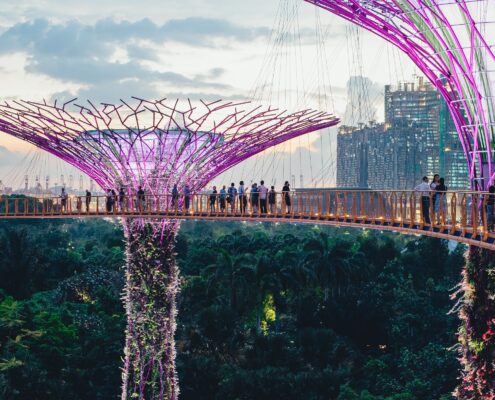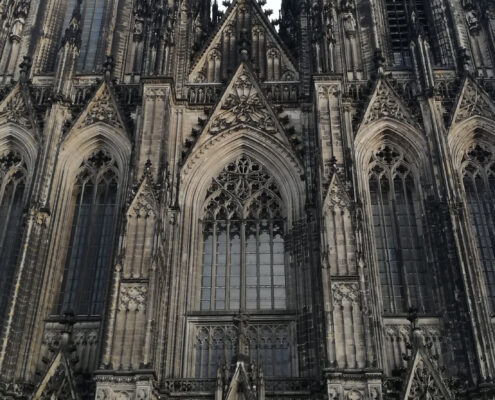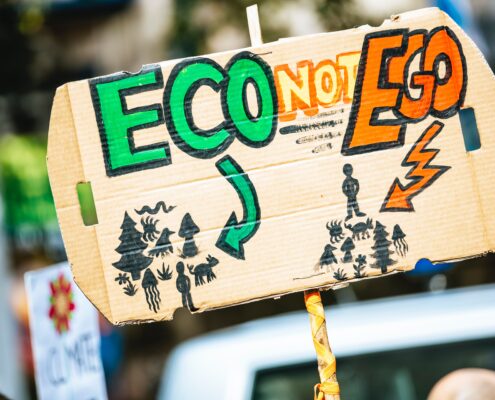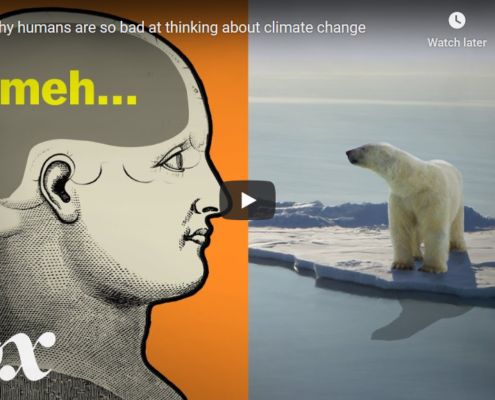 https://greenmarked.it/wp-content/uploads/2024/07/FiumeAdige_SanMichele_HydroPodComics-scaled.jpg
1262
2560
Barbara Centis
https://greenmarked.it/wp-content/uploads/2022/01/LOGO-GREENMARKED-SITO-600x600.png
Barbara Centis2024-07-04 20:05:172024-07-05 19:12:51“Tomorrow Belongs to Those Who Are Preparing to Face It Today” (Malcom X)
https://greenmarked.it/wp-content/uploads/2024/07/FiumeAdige_SanMichele_HydroPodComics-scaled.jpg
1262
2560
Barbara Centis
https://greenmarked.it/wp-content/uploads/2022/01/LOGO-GREENMARKED-SITO-600x600.png
Barbara Centis2024-07-04 20:05:172024-07-05 19:12:51“Tomorrow Belongs to Those Who Are Preparing to Face It Today” (Malcom X)July 14, 2023
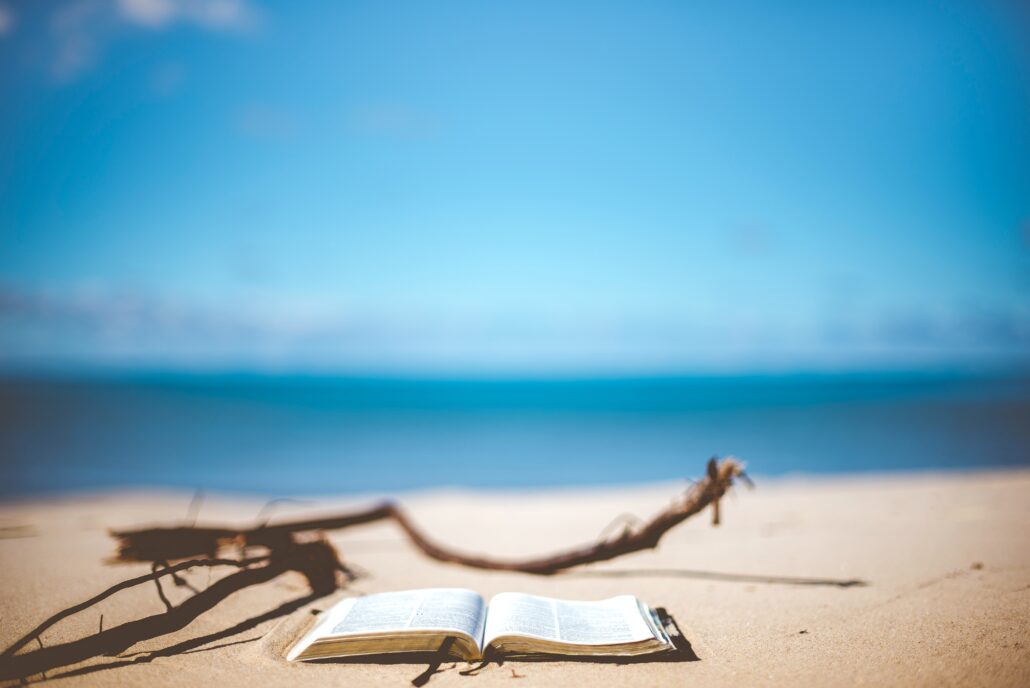
For some people, summer or winter holidays are just starting, depending on which hemisphere you read this article from. It’s a period when many have more time and take advantage of it to do some reading. So, if environmental topics are of interest and anyone wants to deepen in some of them, here are 5 books that are definitely worth checking.
Silent Spring
Let’s start with a book that managed to forbid the use of a certain kind of pesticide, as well as to create the Environmental Protection Agency (EPA) of the United States. We are talking about Silent Spring, by Rachel Carson. She was a marine biologist – she actually published another book about her time as a Fish and Wildlife Service agent –, but due to family circumstances, she had to move to the countryside. She started to realize that there were some problems with domestic and wild animals and even people. In Silent Spring, she explains her discoveries regarding the situation between health problems and DDT, a powerful pesticide. It’s not a “technical” book, a little bit long (350 pages) but the writing is light and very well put together. As she goes on her discovery on what is happening, Carson gives some thoughts on how humans have tried to tame Nature to their interests, and how that is going to backfire eventually.
When the book was published, it shook the US society, as DDT was a well-known and widely used pesticide all over the country. Thanks to all the noise that her Silent Spring created, the government eventually created an organism of the protection of Nature (EPA). Sadly, Rachel Carson did not live to see it, as she died in 1964, two years after her book was published, and the EPA was officially created in 1970.
“How could intelligent beings seek to control a few unwanted species by a method that contaminated the entire environment and brought the threat of disease and death even to their own kind? Yet this is precisely what we have done. We have done it, moreover, for reasons that collapse the moment we examine them.”
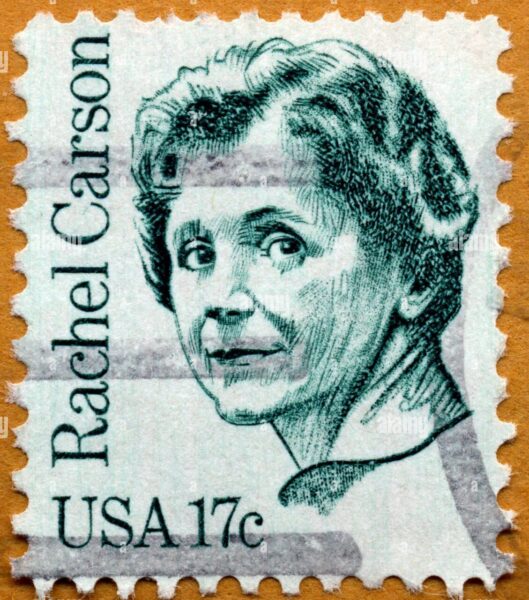
Fig. 1: USA Stamp with the face of Rachel Carson. Photo from Phil Cardamone on AlamyStock
The Sense of Wonder
For the next book, we are going to remain with Carson. In 1965, one year after her death, the book The sense of wonder was published. This one is a shorter book (120 pages) in which she deals with the upbringing of her nephew. When she had to move to the countryside it was to take care of him, as his parents died and she was tutor. In this book, she discusses how to raise a child in contact with Nature, and how to help kids discover the natural ecosystem where they live. She talks a bit about how to let children explore instead of feeding them facts is more useful for them and their curiosity, as well as for their awareness of how important Nature is.
“Those who contemplate the beauty of the earth find reserves of strength that will endure as long as life lasts.”
“It is a wholesome and necessary thing for us to turn again to the earth and in the contemplation of her beauties to know the sense of wonder and humility”.
A Sand County almanac and sketches here and there
For our next book, we are going a little back earlier into the timeline. Aldo Leopold was a silviculturist and ecologist. In 1949 he published a recompilation of short stories about his time in nature, and another excerpt in which he developed his ideas for a new Ethical framework related to what he called the “Earth community”. The Earth community refers to (spoiler alert) the community of animals, plants, humans and other living organisms, air, water, soil, and their relationships. His short stories are already an amazing example of Nature description, full of the philosophy that he describes later on in the excerpt dedicated to the development of his Ethics proposal.
“A thing is right when it tends to preserve the integrity, stability and beauty of the biotic community. It is wrong when it tends otherwise.”
“There are two spiritual dangers in not owning a farm. One is the danger of supposing that breakfast comes from the grocery, and the other that heat comes from the furnace.”
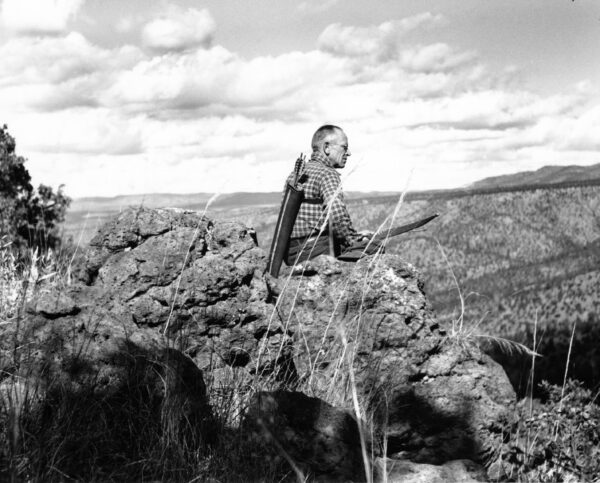
Fig. 2: Aldo Leopold on Rio Gavilan (1936). Photo from WikimediaCommons.
The ecological tangle
To get out of the US for a while, the next book is from an Italian author, Dario Paccino. In 1972, he published the book The ecological tangle: Nature’s Ideology. If you are into politics and their relationship with Nature, this book deals exactly with that. He talks about consumerism, capitalism and communism, and which strengths and weaknesses each productive model has had regarding its coexistence with a healthy environment. This one is a little bit more heavy lecture, but highly recommendable anyways.
“Consumerism seems irreconcilable with a society that pretends to take care of both the hunger of the “underdeveloped” and the limits of biosphere metabolism.”
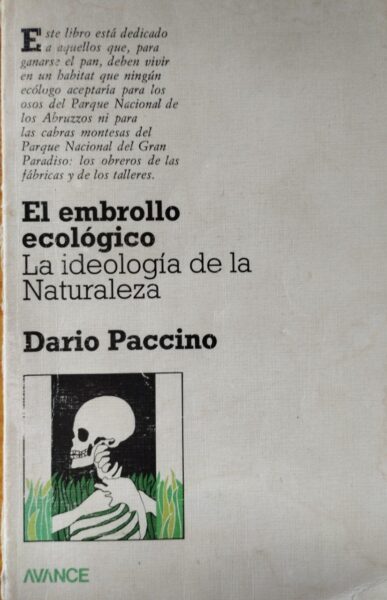
Fig. 3: Cover of the Spanish edition of The ecological tangle. Photo by Author
The day the world stops shopping
And because we are talking about consumerism, and how our current lifestyle, mainly in the “developed” countries, the last recommendation for the lectures is The day the world stops shopping, from journalist J.B. MacKinnon. In this book, he goes over the hypothetical situation of what could happen if the cycle of consumerism stopped, and people started not to buy as much as we are actually doing. It’s a very interesting book in which he consults several experts and models, and explores different options such as repair initiatives, enterprises based on circular economy, etc.
“The most savage of consumerism’s ironies is that those who consume the least offer suffer far more of consumption’s harms than those who consume the most.”
“Movements for degrowth and a well-being economy-one measured not by GDP but by its ability to improve the quality of life of citizens-have been steadily refining a set of ideas and ways of life that could free us from the need for relentless, and relentlessly damaging, economic expansion. The alternative to consumer capitalism is not a constellation of possibilities, but increasingly a convergence.”

Fig. 4: Book cover of The day the world stops shopping. Photo from GoodReads.
Related articles:
References:
[1] Carson, R. (2000). Silent Spring. Penguin Classics.
[2] Carson, R. (1998). The sense of wonder. New York, HarperCollins Publishers
[3] Leopold, A. (2020). A sand county almanac. Oxford University Press.
[4] Paccino, D. (1975). L’imbroglio Ecologico: L’ideologia della natura. AVANCE S.A.
[5] MacKinnon, J.B. (2021) The day the world stops shopping. Penguin Random House.
Cover- and preview image: Book over sand on the beach. Free-source photo by Ben White on Unsplash.

